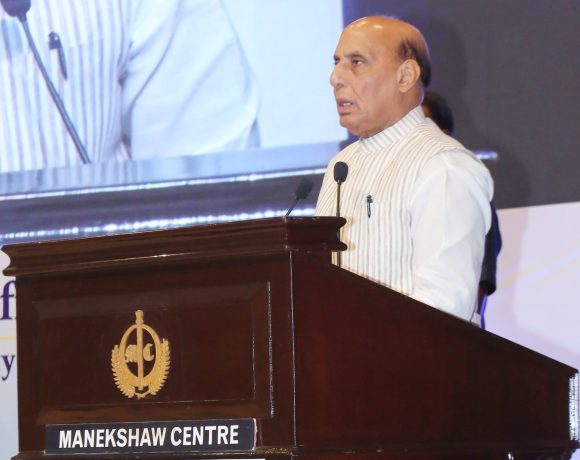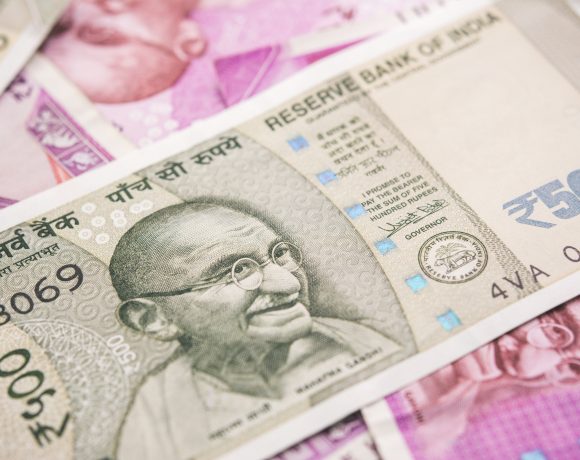
India Reports 257 Active COVID-19 Cases Amid Mild Resurgence
India has reported 257 active COVID-19 cases as of May 20, 2025, with fresh infections recorded in Kerala, Maharashtra, and Tamil Nadu. While the numbers remain low, health authorities are monitoring the situation closely, particularly due to the presence of the JN.1 Omicron subvariant.
Regional Distribution of COVID-19 Cases
The majority of new infections are concentrated in three states:
- Kerala has reported 69 new cases since May 12.
- Maharashtra recorded 44 new cases, with a sharp uptick in Mumbai.
- Tamil Nadu confirmed 34 new infections.
Additional cases have also emerged in: - Karnataka (8 cases)
- Gujarat (6 cases)
- Delhi (3 cases)
- One case each in Haryana, Rajasthan, and Sikkim.
Authorities have stated that most cases are mild, with no spike in hospital admissions.
Government and Health Ministry Response
The Union Ministry of Health and Family Welfare has convened meetings with the Indian Council of Medical Research (ICMR), National Centre for Disease Control (NCDC), and state health authorities to assess preparedness. Hospitals have been directed to increase surveillance of influenza-like illness (ILI) and severe acute respiratory infections (SARI), particularly among vulnerable groups.
States have also been advised to ensure availability of testing infrastructure, oxygen supply, and isolation protocols, although a nationwide lockdown or alert has not been considered necessary at this point.
JN.1 Variant: What We Know
The current increase is driven by the JN.1 variant, a sub-lineage of Omicron BA.2.86. Symptoms include:
- Fever
- Cough
- Runny nose
- Sore throat
- Fatigue
- Headache
- Gastrointestinal symptoms
- Occasional loss of smell or taste
Though classified as a Variant of Interest by the WHO, it has not shown signs of causing severe illness or increased hospitalization rates.
Global Surge and Comparisons
India is not alone in seeing a minor resurgence. Southeast Asian countries like Singapore, Hong Kong, Thailand, and China have also seen a steady rise in JN.1 infections. Singapore, for instance, witnessed cases rise from 11,000 in late April to over 14,000 in the first week of May.
Experts continue to caution against complacency and advise vulnerable populations to consider precautionary masking and flu-style hygiene practices.


















